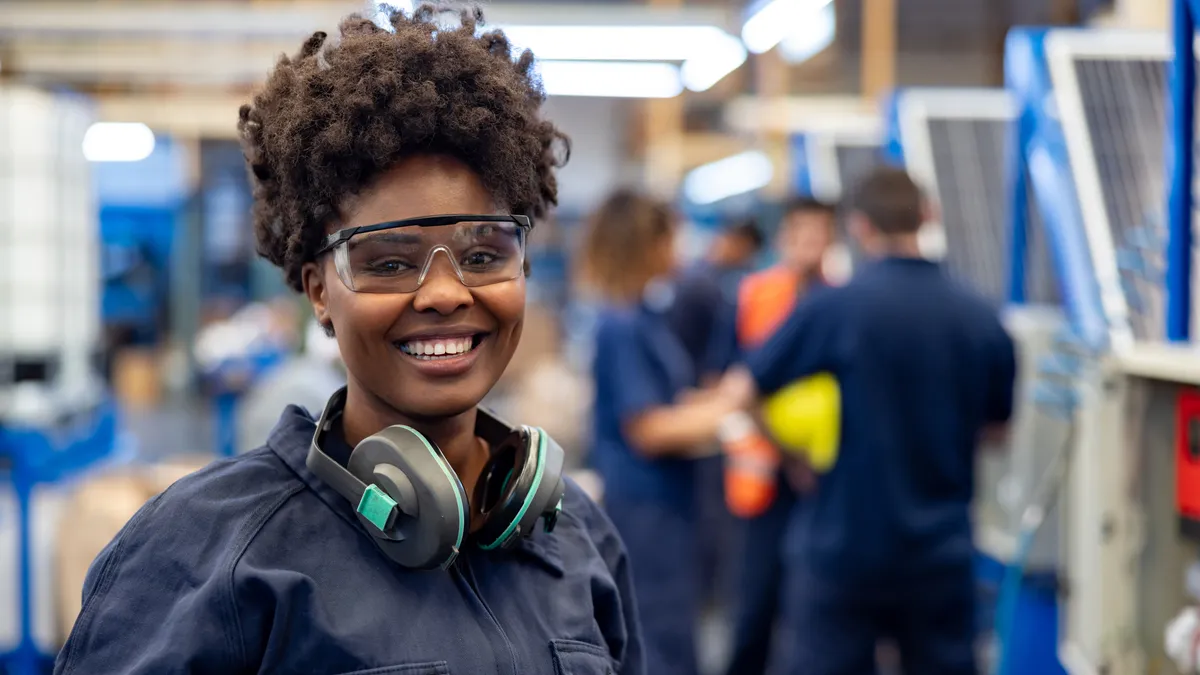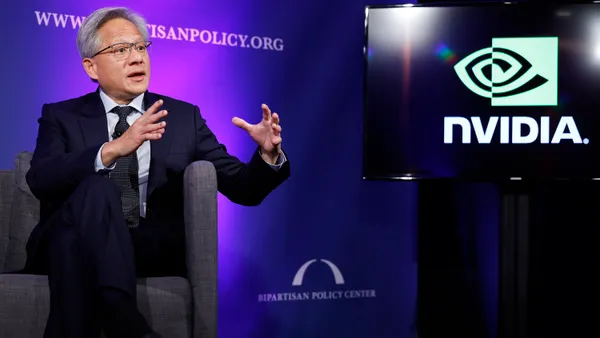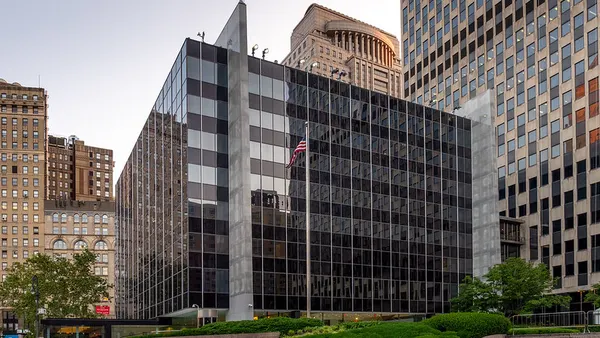The manufacturing industry is the backbone of the U.S. economy, driving innovation, economic growth and job creation. From the cars we drive to the electronics we use daily, manufacturing touches nearly every aspect of our lives.
However, the sector is facing a significant challenge: a growing shortage of skilled workers. According to a recent Deloitte report, the U.S. manufacturing sector could need as many as 3.8 million new employees by 2033. Without significant changes, more than half of these positions—1.9 million jobs—could go unfilled, underscoring the urgent need for employee-focused strategies to keep up with growth.
Facing the challenges ahead
Recent data from an Express Employment Professionals-Harris Poll survey reveals 92% percent of U.S. hiring managers expect to face challenges over the next year, with "difficulty finding qualified candidates" remaining the most frequently cited hurdle, at 45%. Navigating artificial intelligence (AI) follows closely, with 37% exploring ways AI can enhance candidate outreach and assessment.
Additionally, 27% anticipate increased competition in the job market as a significant challenge in 2025. Furthermore, 36% of hiring decision-makers report their companies lack the necessary tools to identify the right candidates for their job openings.
These challenges are particularly acute in the manufacturing industry, which is already grappling with a critical shortage of workers.
Open positions: A growing concern
Nearly a third of companies (32%) currently have open positions they can’t fill, with 40% of those reporting difficulty in eliminating these vacancies. Recruiting challenges have only intensified, as 44% of businesses with open positions over the past five years find it increasingly difficult to identify the right candidates.
The primary reasons cited for these unfilled positions include a lack of applicants with relevant experience (39%) and hard skills (38%). Additionally, a third of companies attribute their hiring difficulties to a lack of applicants with soft skills (33%) and a general shortage of applicants (33%).
Turnover: An additional challenge
Adding to these recruitment woes, increasing employee turnover presents an additional challenge, further complicating efforts to maintain a stable and skilled workforce.
Fifty-one percent of hiring managers appear hopeful that turnover at their company will remain about the same or show no change over the next year. However, nearly 2 in 5 (39%) expect it to increase in 2025 — a significant rise compared to expectations for 2024 (33%).
Turnover can result in companies incurring an average annual cost of $36,723 due to expenses associated with rehiring and lost productivity. Twenty percent of hiring managers say it costs their company as much as $100,000 or more annually.
For companies anticipating increased turnover in 2025, the most frequently cited reasons include better pay and benefits offered elsewhere (34%), employee resignations (32%) and increased workplace demands (29%). Additional factors contributing to expected turnover include employees retiring (26%), a better company culture elsewhere (24%), feelings of being overworked (24%) and the competitive job market (23%).
AI: A promising solution
To navigate the challenging employment landscape, manufacturers are increasingly turning to artificial intelligence, including generative AI.
Two-thirds of hiring managers (66%) report their company uses this technology. Most believe it will have a major or moderate positive impact on their company’s ability to make some processes more efficient (62%) and close the skills gap (60%).
The promise of AI is driving its rapid adoption. Nearly half (48%) of companies have already started using automation and AI as alternatives to filling open positions. This technology offers a lifeline during hiring challenges, with many companies planning to aggressively adopt AI if they face difficulties filling positions over the next five years (54%). Additionally, 43% are even considering replacing a sizeable portion of their workforce with automation or AI within the same timeframe.
AI can revolutionize manufacturing in several ways. For instance, it can predict when machines might break down, allowing for preemptive maintenance that reduces downtime and saves money. Additionally, it can inspect products for defects more accurately than humans, ensuring higher quality and less waste, while also managing supply chains by predicting demand, optimizing inventory and improving delivery times.
However, when it comes to hiring, nothing can replace the human element, despite the sophistication of AI. This is where partnering with a staffing company like Express can help companies overcome their greatest challenges. Expert recruiters at more than 870 franchise locations worldwide are invested in the success of their communities and connect clients with high-quality job seekers every day.
“Manufacturing business leaders are facing some headwinds this year, but fortunately, the headache of hiring doesn’t have to be one of them,” Express Employment International CEO Bill Stoller said. “With more than 40 years of proven success, entrusting workforce management to specialists empowers companies to concentrate on their strengths and shape the future of the industry.”










